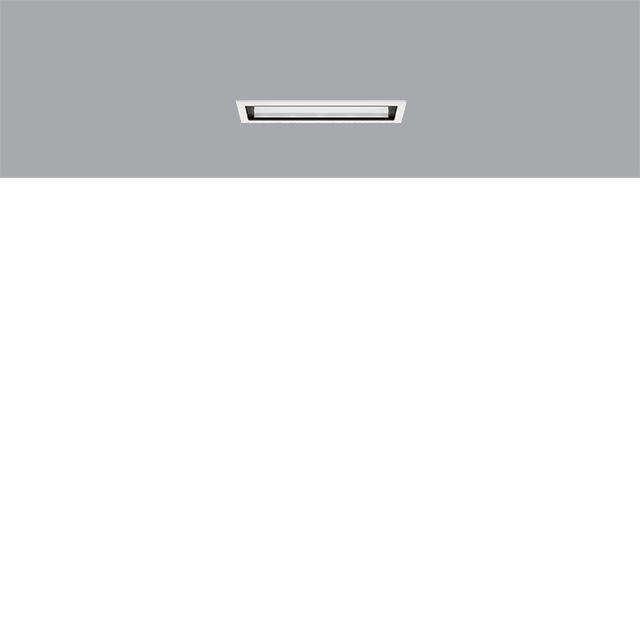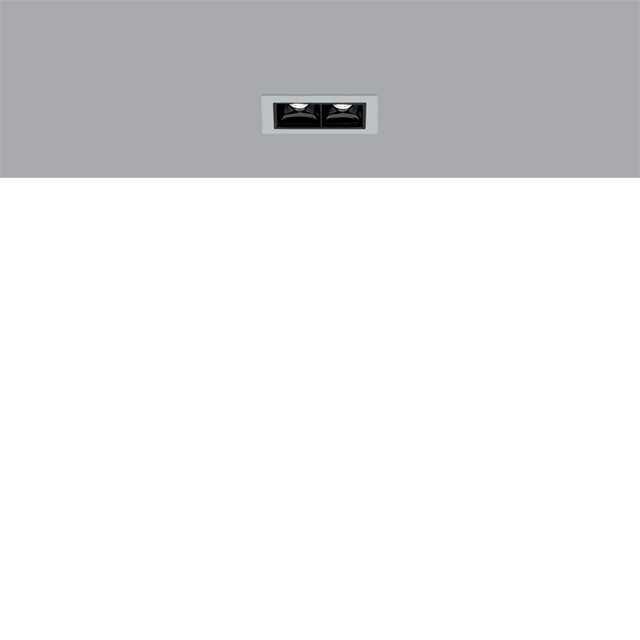

VLC is also starting to be considered as a way of augmenting or even replacing RF networks for example, a wide range of techniques aimed at VLC based multimedia networks was developed under “hOME Gigabit Access” project (OMEGA) sponsored by the European Union. VLC systems also provide a safe alternative to electromagnetic interference from radio frequency communications in hazardous environments such as mines and petrochemical plants, and in applications where traditional WLAN communication may interfere with specialized equipment, for example in healthcare-especially in RF-restricted zones like emergency rooms and intensive care units -and in aeronautics. Indoor applications include a range of communication facilities provided today by radio-based WLAN and Personal Area Networks (PAN), and range from: office communication, multimedia conferencing, peer-to-peer data exchange, data broadcasting-especially multimedia such as home-audio and video streams, see:, to positioning.

VLC systems have been proposed and implemented both for indoor and outdoor applications-see and.

VLC data transmission networks provide an attractive alternative to traditional wireless techniques. fail to deliver because of their bounded channel capacity and transmission rates due to the limited radio spectrum available. As user demand for data transmission throughput and availability continues to increase, “traditional” radio-based communication systems, such as Wi-Fi, Bluetooth, ZigBee, etc. The decreasing cost and hence rapid adaptation of LED-based light make VLC a promising communication technique and a significant alternative to radio-based wireless communication. Visible light communication (VLC) is a wireless optical communication technology through which baseband signals are modulated on the light emitted by an LED.


 0 kommentar(er)
0 kommentar(er)
